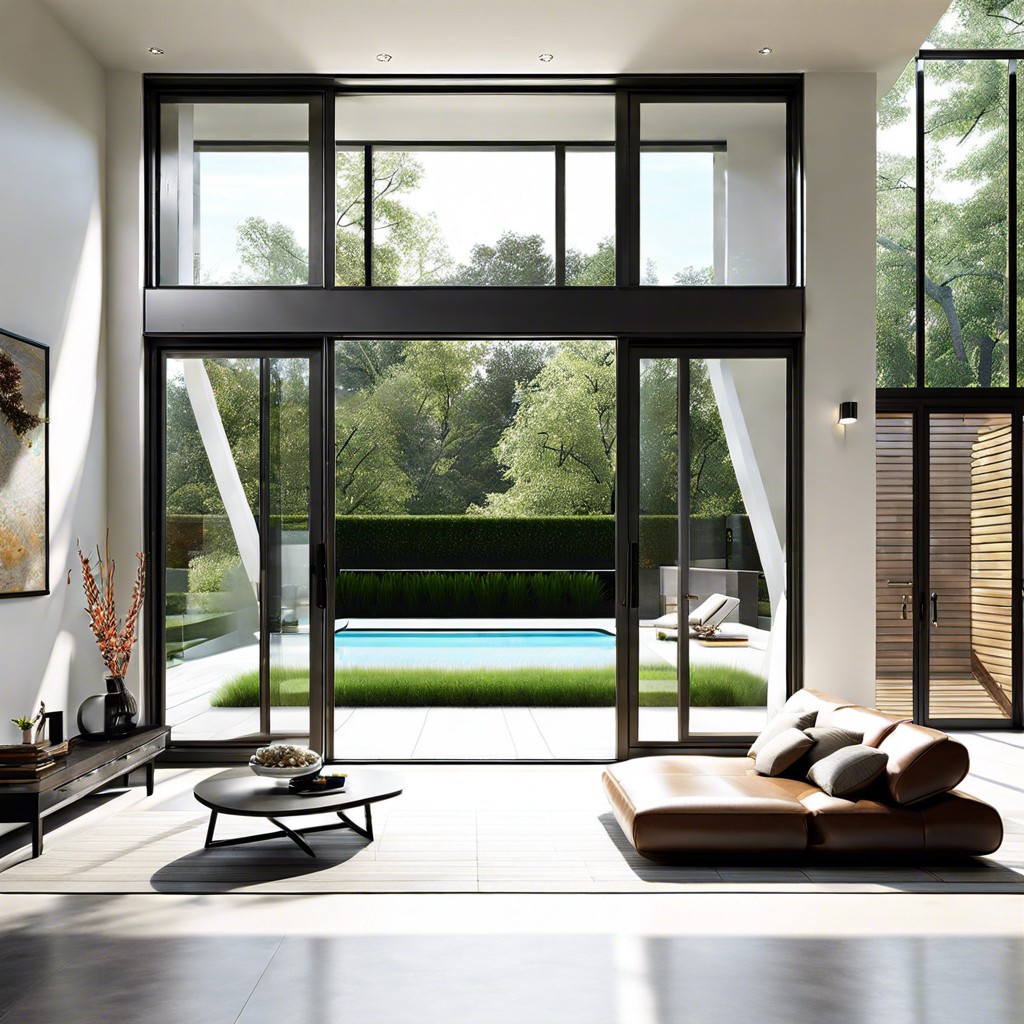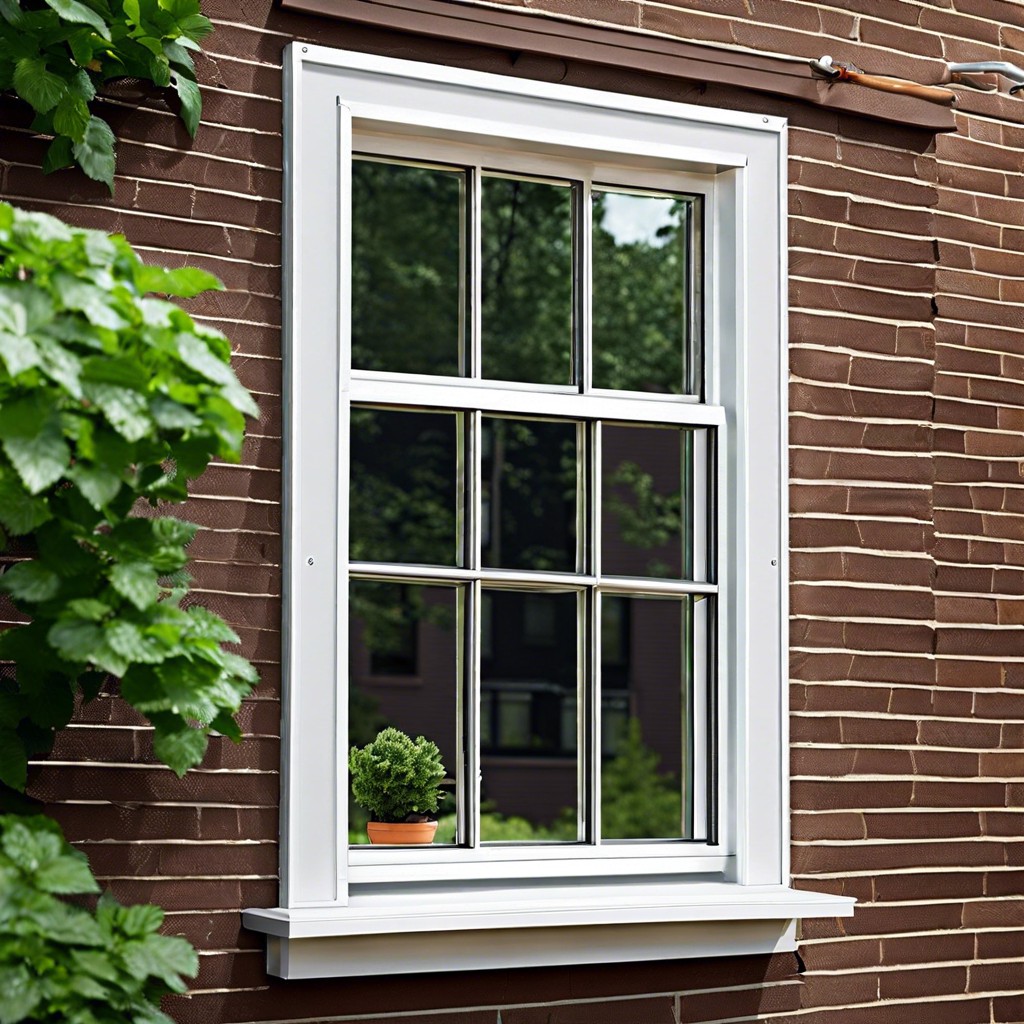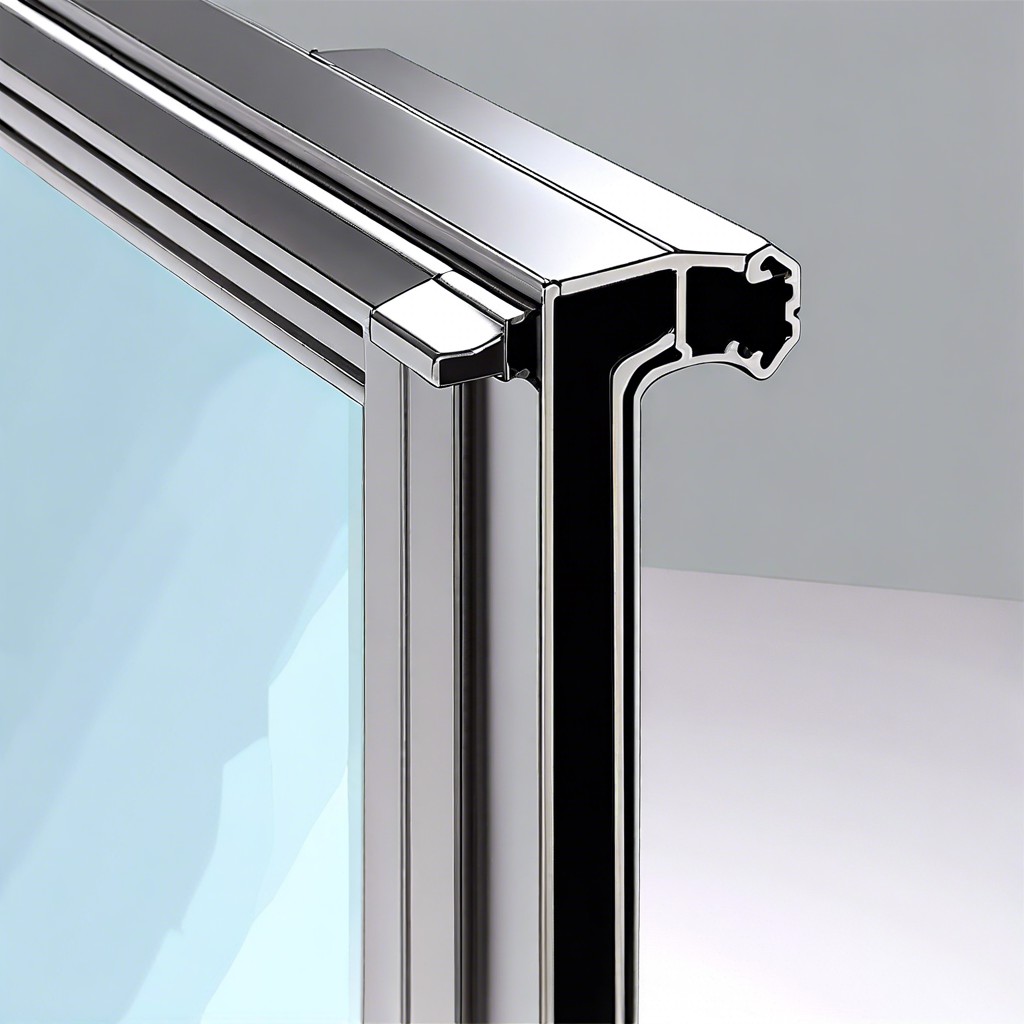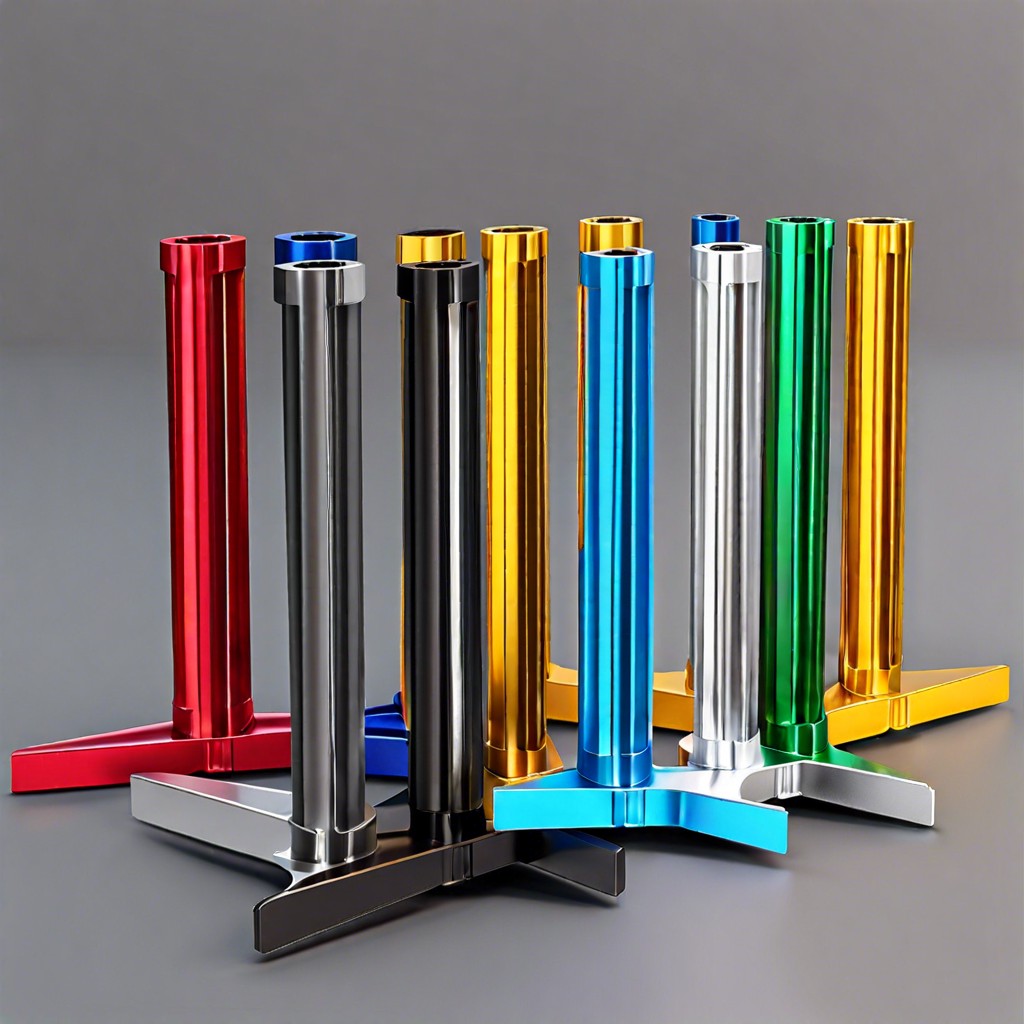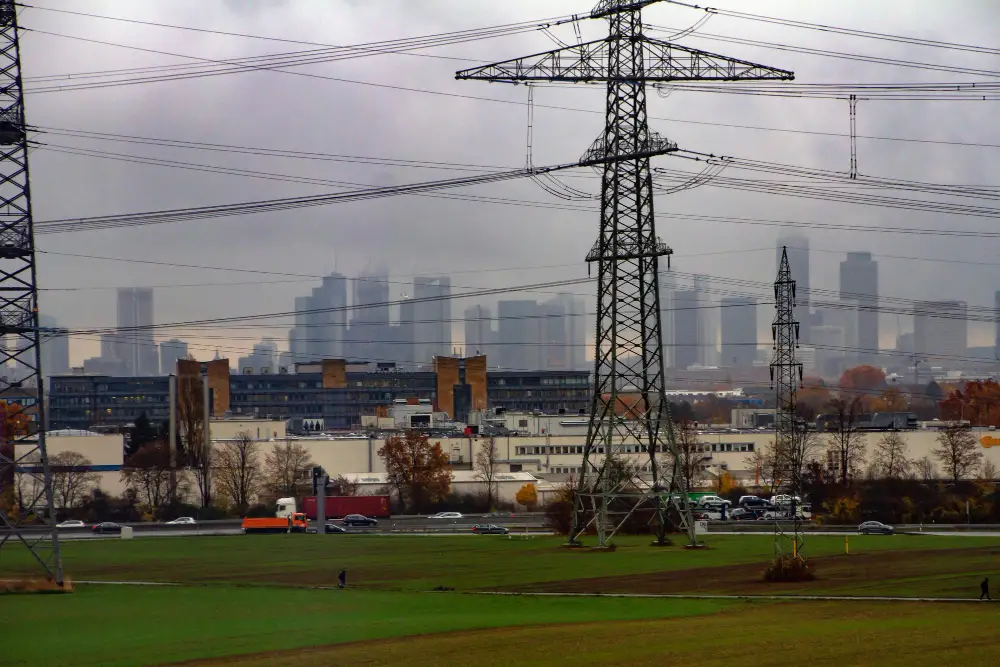Let’s explore the latest advancements in energy-efficient window technology and how they can help reduce your energy bills while improving the comfort of your home!
Imagine this scenario: You wake up on a chilly winter morning, dreading the thought of getting out of bed to face the frigid air waiting for you outside. But as soon as you enter your living room, you feel a warm and comfortable atmosphere enveloping you.
You walk towards your window and notice no frost or condensation on it, despite the freezing temperatures outside. How is this possible?
The answer lies in the latest innovations in energy-efficient window technology. I am constantly amazed at how much progress has been made in recent years to make our homes more comfortable and sustainable.
From smart glass that can adjust its opacity according to the amount of sunlight entering a room to triple-pane windows that provide superior insulation against heat loss – plenty of exciting developments are happening in this industry.
In this blog post, I will share with you some of the most promising innovations that are set to revolutionize how we think about windows and their impact on our homes’ energy consumption.
So please sit back, grab a cup of coffee (or hot cocoa), and let’s dive into what’s on the horizon for energy-efficient window technology!
Smart Glass Advancements
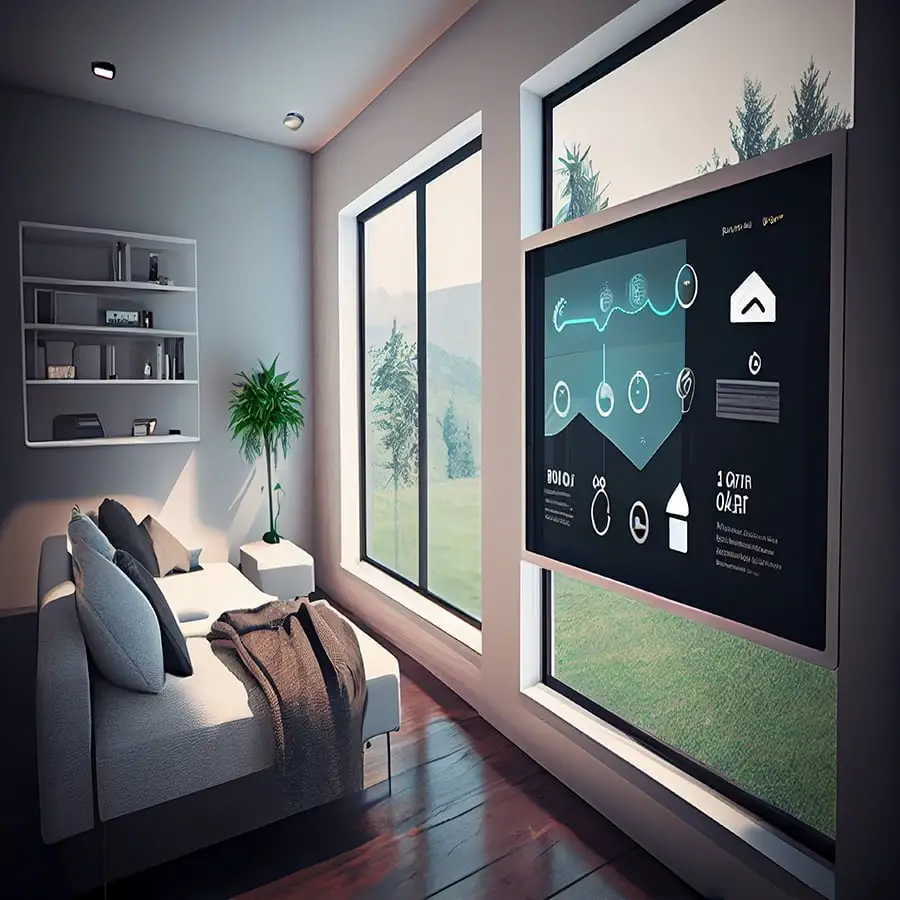
One of the most exciting advancements in energy-efficient window technology is smart glass. As mentioned earlier, this type of glass can adjust its opacity according to the amount of sunlight entering a room.
But that’s not all it can do! Smart glass has come a long way since its inception and now boasts some impressive features.
For instance, there are types of smart glass that can be controlled by voice commands or through an app on your phone. This means you don’t have to get up from your cozy spot on the couch to adjust your windows – you can tell them what to do!
Another innovation in smart glass technology is electrochromic glazing, which allows for even greater control over how much light enters a room. With electrochromic glazing, users can access multiple levels of tinting options at their fingertips.
But perhaps one of the most exciting developments in this area is self-tinting windows that use artificial intelligence (AI) algorithms and sensors embedded within them to automatically adjust their tint based on external factors such as temperature and sunlight intensity.
As we continue down this path towards more sustainable living spaces, it’s clear that innovations like these will play an increasingly important role in reducing our carbon footprint while making our homes more comfortable and convenient than ever!
Solar Window Innovations
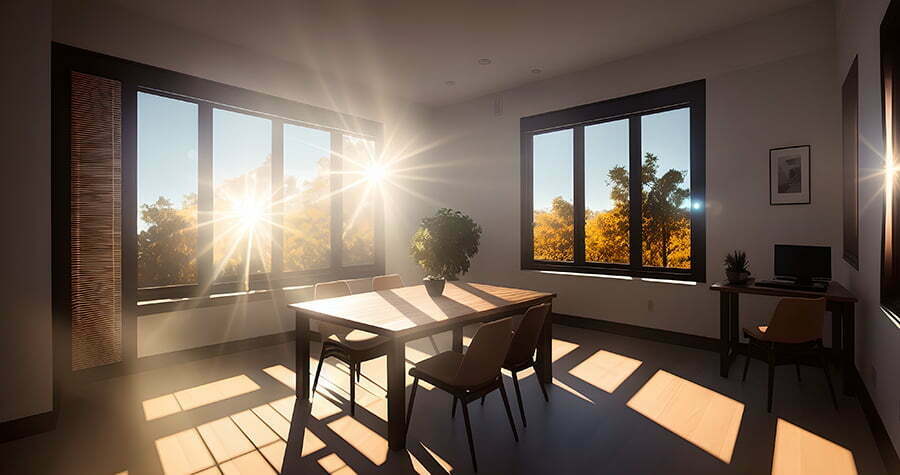
One of the most exciting innovations in energy-efficient window technology is solar windows. These windows are designed to generate electricity by harnessing the power of sunlight, while still allowing natural light to enter a room.
Imagine powering your home with clean and renewable energy, all from your windows! Solar window technology has been around for some time, but recent advancements have made it more efficient and affordable. One such innovation is transparent solar cells that can be integrated into the glass itself without compromising its clarity or aesthetics.
As I stand here looking out my own living room window on this chilly winter morning, I can’t help but wonder how much warmer my home would feel if I had installed solar windows instead of traditional ones.
The possibilities are truly endless when it comes to energy-efficient window technology – and as a blogger who writes about house windows, I am excited to see what other breakthroughs will emerge in this field in the years ahead!
Vacuum Insulated Glazing
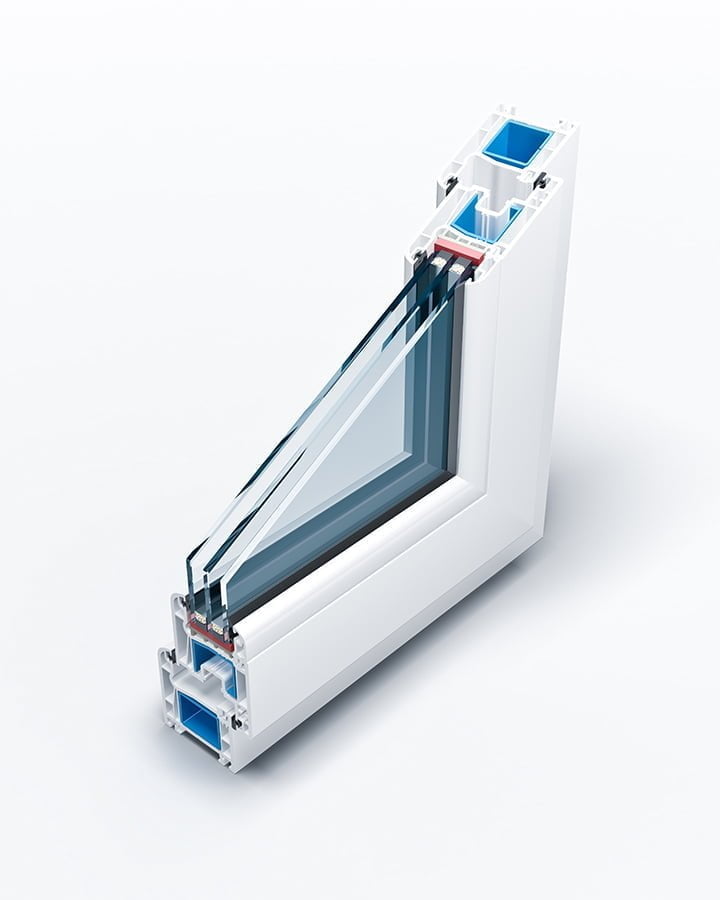
One of the most exciting innovations in energy-efficient window technology is Vacuum Insulated Glazing (VIG). This technology involves creating a vacuum between two panes of glass, which significantly reduces heat transfer and improves insulation.
Imagine waking up on that chilly winter morning we talked about earlier, but this time you notice something different about your windows – they are noticeably warmer to the touch than usual. That’s because VIG can achieve an R-value (a measure of thermal resistance) as high as 20, compared to around 3 for traditional double-pane windows.
But what makes VIG even more impressive is its slim profile – it can be as thin as 6mm while still providing excellent insulation properties. This means that architects and designers have more flexibility when it comes to incorporating energy-efficient glazing into their projects without compromising on aesthetics or space requirements.
While VIG is not yet widely available in the market due to its relatively high cost compared with other types of glazing, experts predict that prices will come down over time with increased demand and production scale-up. As homeowners become increasingly aware of the benefits of sustainable living and seek ways to reduce their carbon footprint, I believe Vacuum Insulated Glazing has tremendous potential for revolutionizing how we think about our homes’ energy efficiency.
Aerogel-filled Windows
One of the most exciting innovations in energy-efficient window technology is the use of aerogel-filled windows. Aerogel is a highly porous material that has been dubbed “frozen smoke” due to its translucent appearance and low density.
It’s an excellent insulator, making it ideal for use in windows. Aerogel-filled windows are made by injecting aerogel into the space between two panes of glass, creating a vacuum-sealed unit that provides superior insulation against heat loss.
This means that your home will stay warmer during winter months and cooler during summer months without relying as heavily on heating or cooling systems.
But what makes this innovation truly remarkable is its ability to maintain transparency while providing exceptional insulation properties. Unlike traditional insulated glass units which can be bulky and opaque, aerogel-filled windows allow natural light to pass through while still keeping your home comfortable year-round.
As someone who writes about house windows regularly, I am thrilled at how much progress has been made towards creating more sustainable homes with innovative technologies like these!
Electrochromic Technology
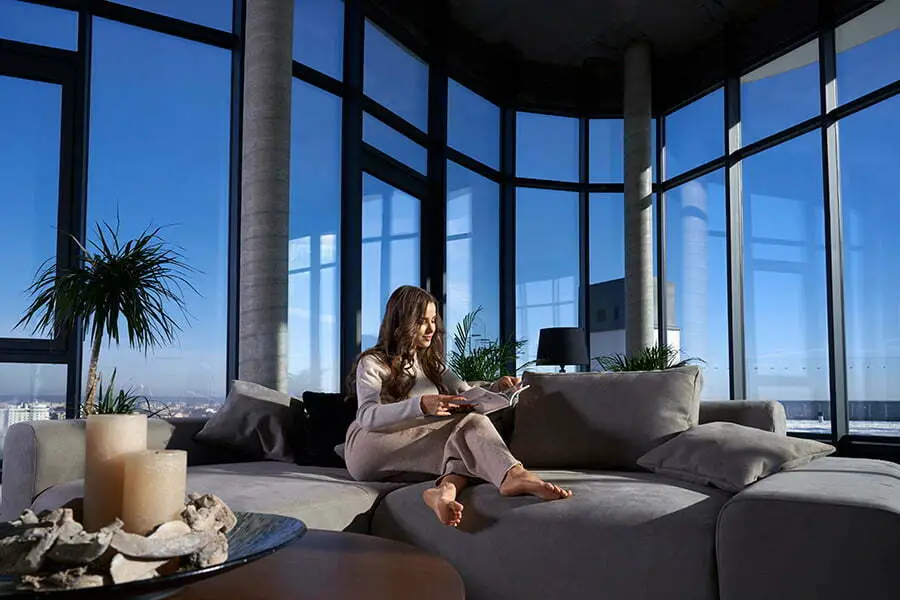
One of the most exciting innovations in energy-efficient window technology is electrochromic glass. This type of smart glass can change its tint according to the amount of sunlight entering a room, reducing glare and heat gain during hot summer days.
Electrochromic windows work by applying an electric current to a thin layer of metal oxide coating on the surface, causing it to darken or lighten depending on the voltage applied.
Imagine installing this kind of technology in your home’s windows – you could enjoy natural light without worrying about overheating or fading furniture due to UV rays. And if you’re concerned about privacy, electrochromic glass can also be programmed for different levels of opacity at different times throughout the day.
But that’s not all – researchers are working on improving this technology further by making it more affordable and efficient. Some companies are experimenting with using organic materials instead of metal oxides as coatings for electrochromic windows, which could lead to lower production costs and better performance.
As someone who writes about house windows regularly, I am thrilled at how much progress has been made in developing energy-efficient technologies like electrochromics. It’s exciting to think what other advancements we’ll see in this field over time!
Recap
